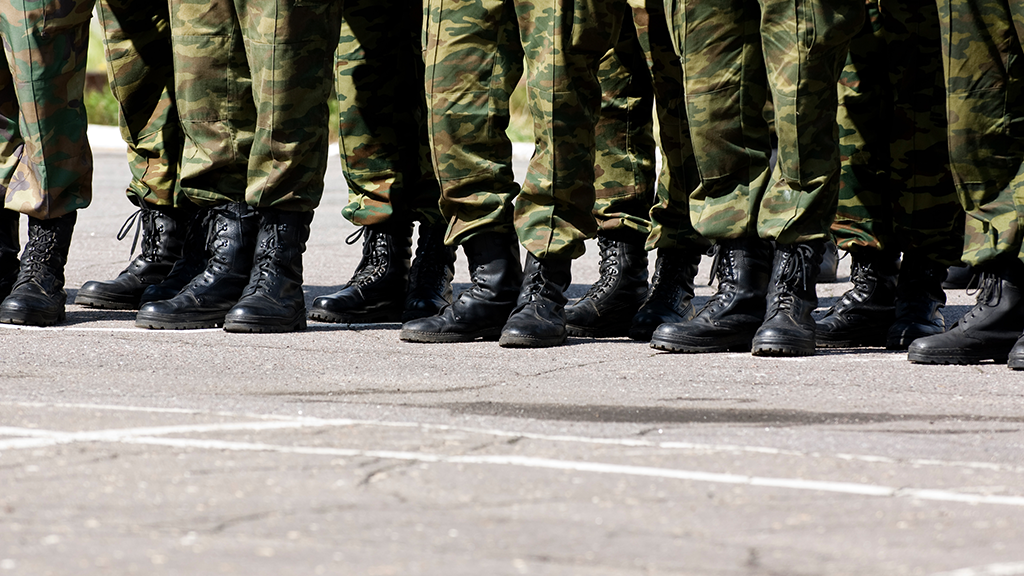

Germany has confirmed the permanent deployment of a whole brigade to Lithuania, marking the country’s most significant forward military presence since the Cold War. The decision formalizes a pledge made in 2022 and reflects growing NATO resolve in response to Russia’s military posture in Eastern Europe.
Deployment Structure and Timeline
The 5,000-troop-strong brigade will include armored infantry units, logistics, intelligence, and air defense support. Construction of permanent infrastructure, including barracks, training zones, and command centers near Rukla and Šiauliai, has already begun. The first wave of personnel is expected to arrive by early 2025, with full operational capability targeted for 2027.
German Defense Minister Boris Pistorius stated the move demonstrates Berlin’s commitment to NATO’s eastern flank and Article 5 readiness. The brigade will function under German command but integrate closely with Lithuanian forces.
Strategic Implications for NATO and the Region
This deployment shifts Germany from rotational reassurance missions to stationed deterrence, aligning with the U.S. forward basing in Poland and Baltic air policing operations. Lithuania has welcomed the move, viewing it as a critical buffer against potential escalation near the Suwałki Gap, a narrow corridor between Poland and Lithuania considered strategically vulnerable.
France and the UK have expressed support, but some NATO states have flagged concerns over duplication and the sustainability of troop commitments amid broader European defense budget constraints.
Domestic and Political Considerations
The move has drawn mixed reactions within Germany. While mainstream parties back the deployment, Green and Left Party lawmakers have questioned the mission’s scope and permanence. Defense analysts warn that logistical dependencies and long-term costs will require sustained public and political support.
With Russia intensifying military exercises near the Baltics and Belarus hosting joint drills with Russian forces, Germany’s deployment is likely to recalibrate NATO’s deterrence calculus in the region for the next decade.








© THE CEO PUBLICATION 2021 | All rights reserved. Terms and condition | Privacy and Policy